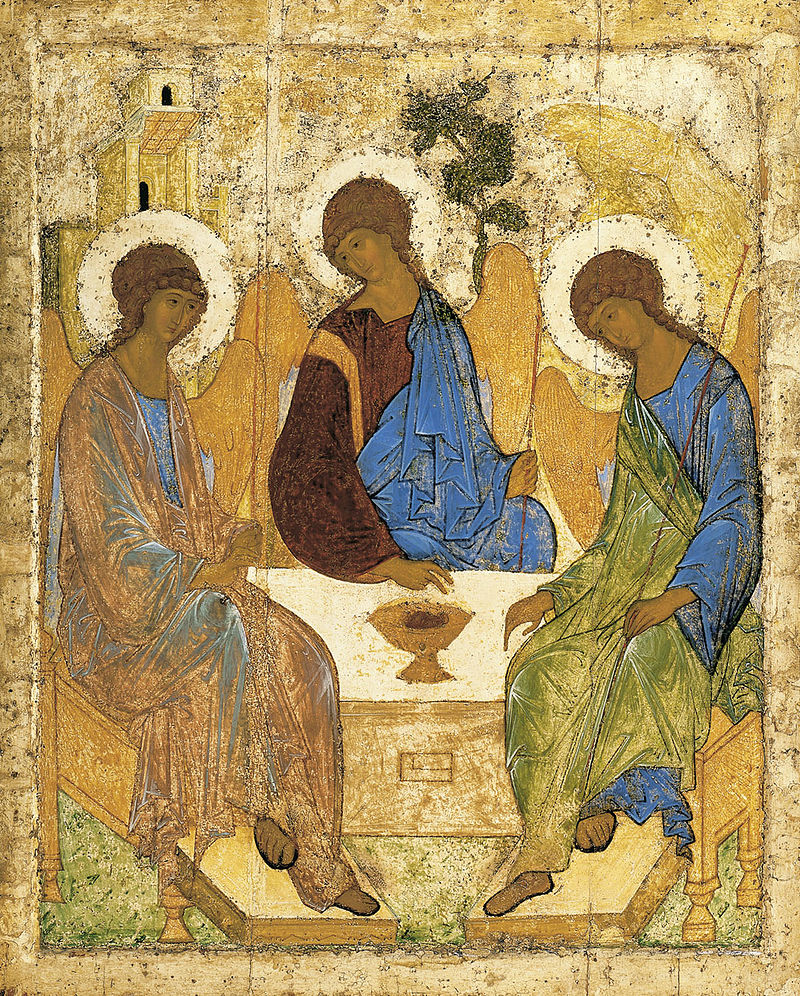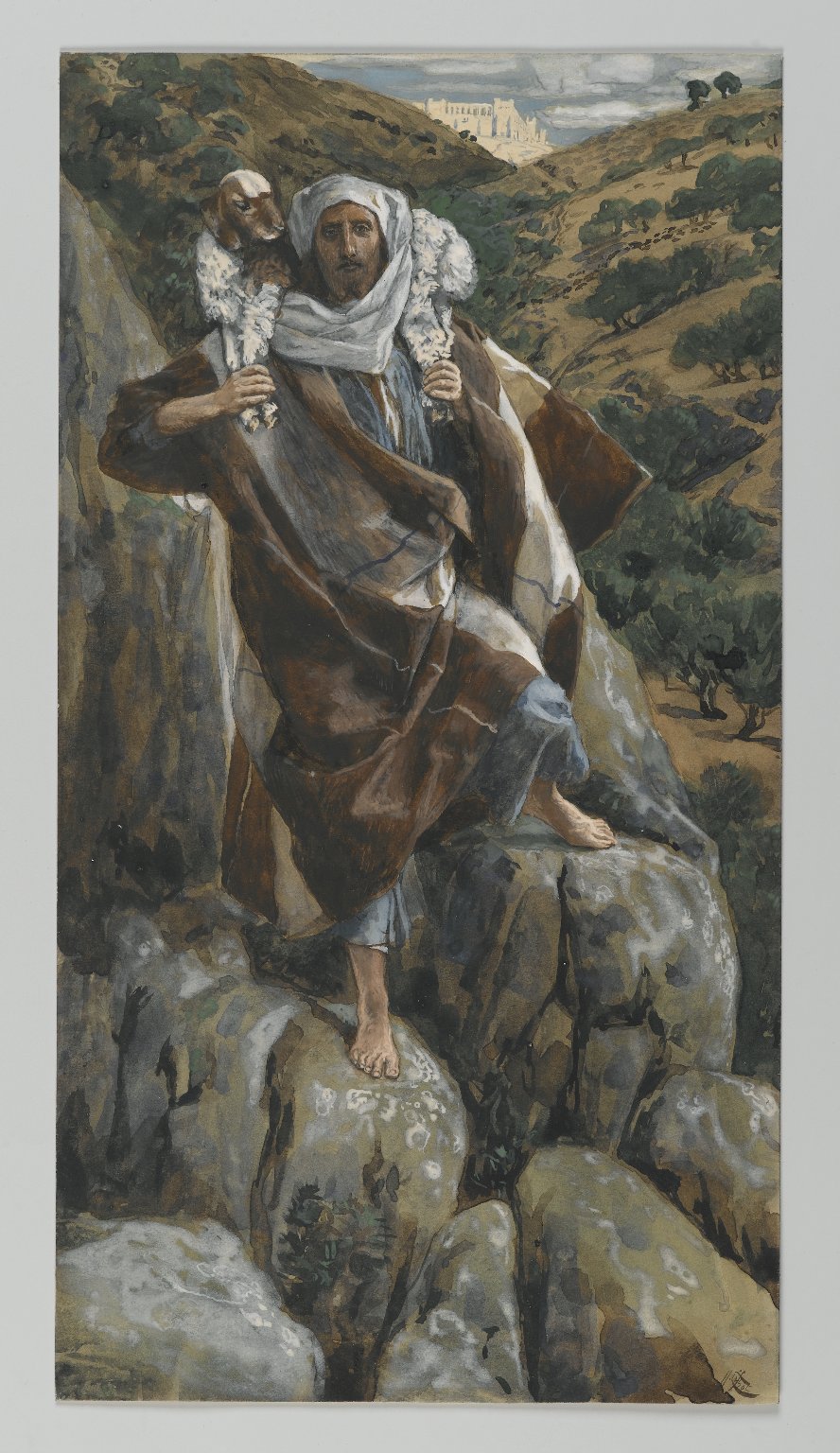Download a Free Visio Divina Resource Guide from Mary »
Right now, many of us are struggling to pay attention. Psychologist Curt Thompson recently wrote about fatigue and irritability and offered suggestions that may help during this time – including contemplative prayer. Visio Divina is one form of contemplative prayer that may help us all to connect with God in this confusing time.
Like its cousin lectio divina, visio divina is a way of praying and being attentive to God. A simple definition from Adele Ahlberg Calhoun’s book, Spiritual Disciplines Handbook, Practices that Transform Us is this: “Visio divina, holy seeing, is a way to pray with the eyes.” Like lectio divina, visio divina is also a practice that requires time and attention to Scripture, whether that is a few brief minutes or an hour.
Finding a painting, drawing, sculpture, or other work of art to aid in the practice of visio divina is easy with the aid of an online search engine. A search by theme (such as “light” or “woman at the well in fine art”), or specific verse by using the image tab in the search engine. Art books and art museum websites are great resources too. Sites like textweek have a helpful art index as does this school’s searchable library of art.
My recommendation is to pair your visio divina with a passage of scripture when possible. Doing so opens the possibility of “deeper engagement with the Word” as Juliet Benner writes in her excellent book Contemplative Vision: A Guide to Christian Art and Prayer. She says, “We are blind to God’s presence in the midst of our lives, we are unable to see where and how God is working to transform us and the world.” Visio divina helps us connect to God and notice where he is present in our lives.
Recently, I contemplated a familiar image of the Trinity, a 15th-century Russian icon by Andrei Rublev. It is a depiction of Abraham’s encounter with three angels in Genesis 18. I have a replica of this icon in my kitchen and look at it frequently. I read the passage and then sat with this icon for an extended period and was amazed at the fresh and surprising ways I encountered God. A relatively simple image, there is much to glean here. The angels are shown outside, suggesting open space while at the same time, it evokes a sense of intimacy as the angels are seated around a table. I laughed thinking the angels were not social distancing and found myself thanking God that I can trust him and that he is near especially in this time of social distancing and pandemic. I lingered over the icon, listened to God, and prayed to him about the concerns of my own heart.
For your own reflection, consider Rublev’s Trinity or James Tissot’s The Good Shepherd.
There are four basic steps to help start the practice of visio divina:
- Read through a short passage of scripture or choose a verse, then be still. Settle into a posture to listen to God’s voice. With Tissot’s “Good Shepherd” painting, reflect on John 10:11-18.
- Meditate. Ponder the words, then gaze, look, observe, ask questions, and ask God to help you see what he wants you to see or what he wants you to notice. What stirs within you?
- Pray. Pray through the text or what you notice in the image. Ask God for his help.
- Contemplate. We live the text. A contemplative spiritual exercise is meant to lead us to gospel action in the world and deeper connection with God.

Here are some additional types of questions you may want to ask yourself:
- What caught your eye? What do you notice?
- Reflect on the structure: color, lines, shadows, values, intensity.
- What is the mood of the painting?
- How do you react to it?
- Do you sense an invitation from God?
- What did you learn about God’s nature and character?
- Does anything else strike you?
How might we respond to God in prayer? Does thanksgiving well up in you? Or do the difficulties of this season weigh you down? If so, linger a while longer with both word and image. Do not hesitate to honestly tell God if you may be mad, sad or fearful. Biblical meditation provokes honest thoughts, questions and hopeful conversation with God, a place where we speak and a place to be silent and listen to the voice of our Shepherd. Perhaps the best response is to be still and aware of his love for you.
Rev. Mary Gardner is also one of Coracle’s Spiritual Directors.

